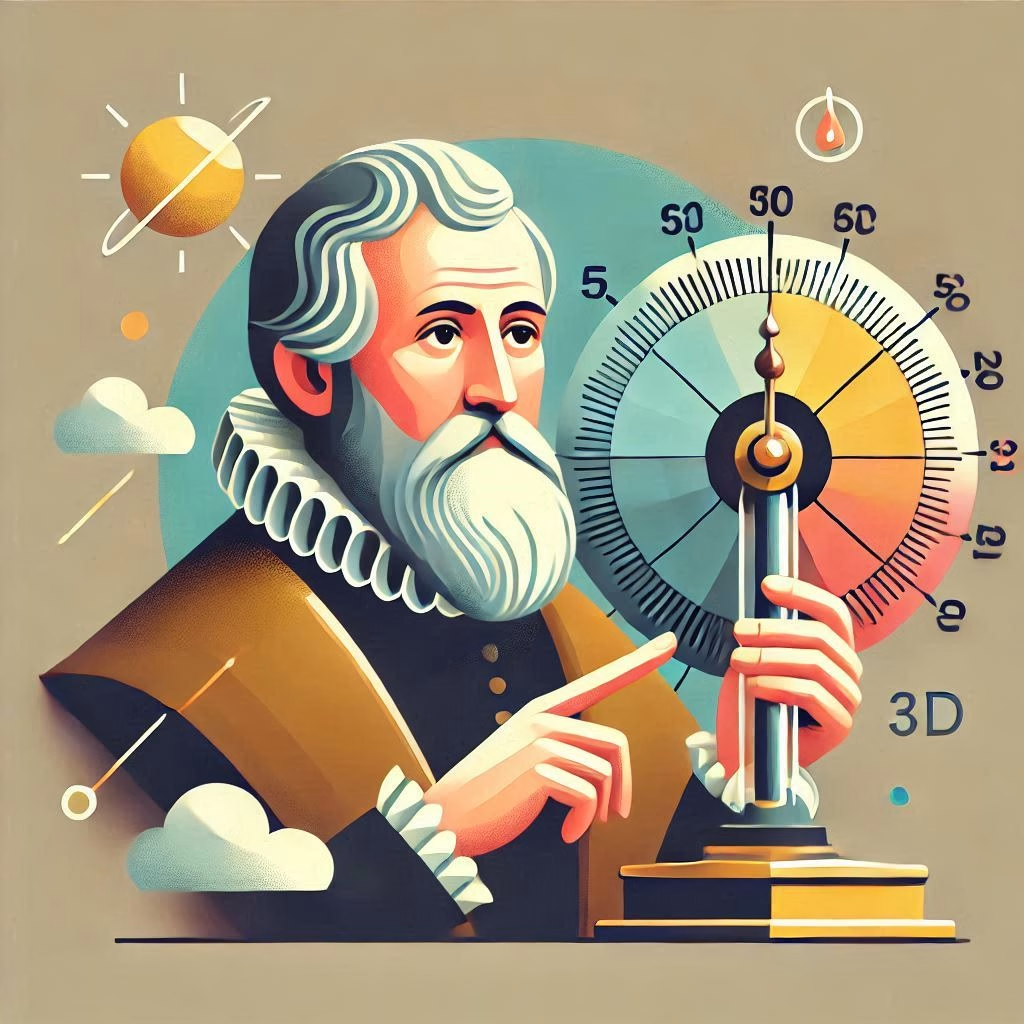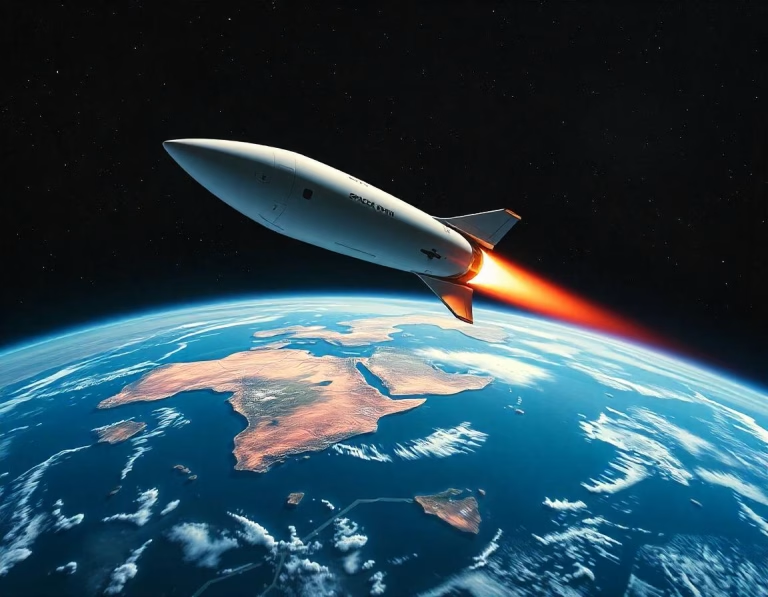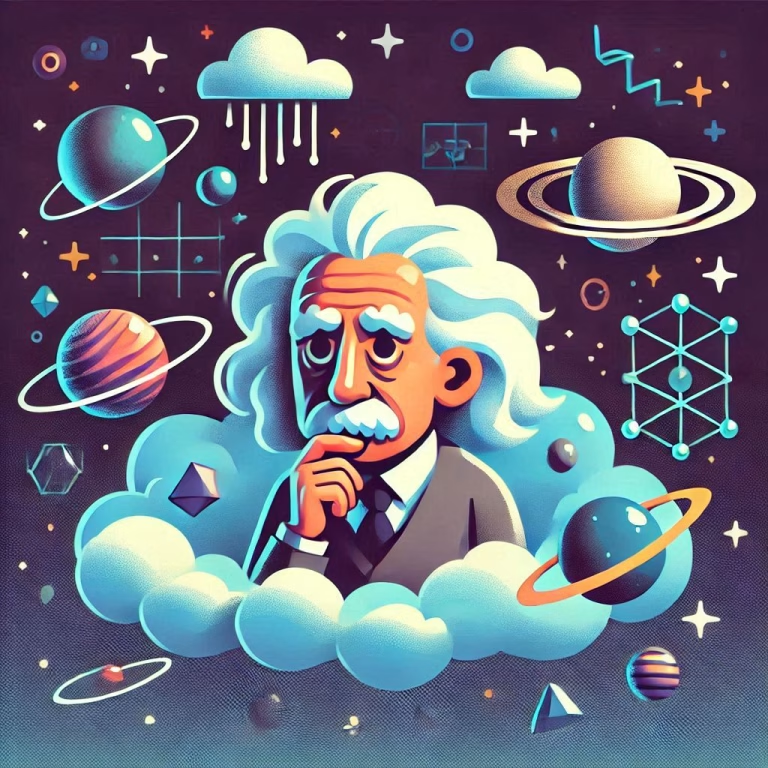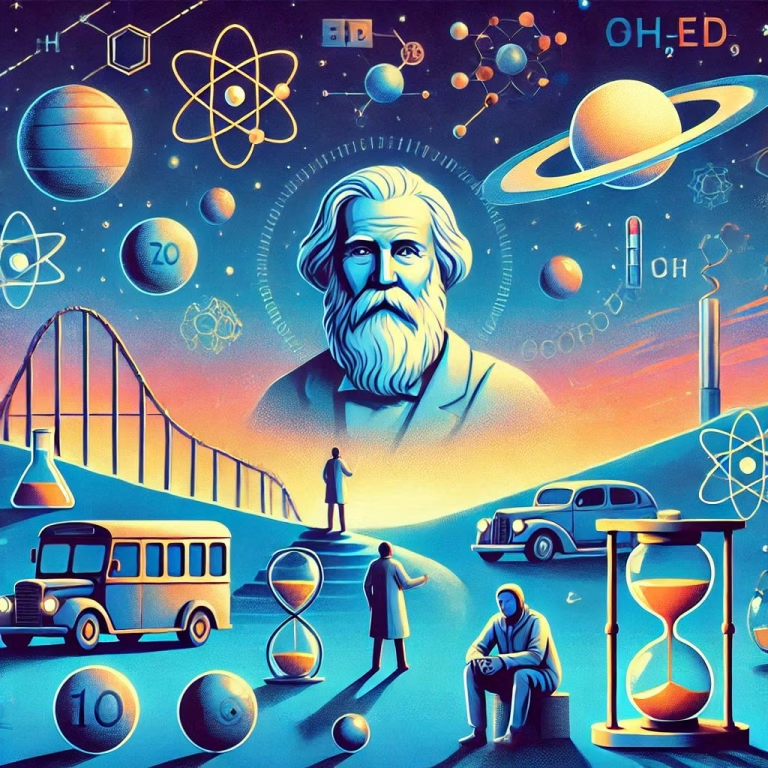From my earliest days as a student, the vacuum has captivated my imagination. When we think about the ‘void’, we often think of ‘nothingness’, but what really defines the void?Think about an empty glass: we might say it’s empty, but in reality, it’s filled with air, which is a form of matter. The idea of the void has been a central concept in human thought, evolving from the philosophical musings of ancient Greece to the intricate formulations of contemporary physics. In this exploration, we’re going to take a look at the history of the void, highlighting its scientific and philosophical complexities.
The Void in Ancient Philosophy
The ancient Greeks were among the first to think about the idea of a void. Democritus said that matter is made up of tiny, indivisible units called atoms, with empty space around them. This meant that the void was important for atoms to move and interact, and for everything around us to form. Aristotle, however, strongly disagreed with the idea of a void. He said that nature can’t stand a vacuum, and later someone called it horror vacui.
He thought that if there was a void, then things would move too fast because there’d be no resistance. These ideas were really popular for nearly two thousand years.
Aristotle vs. Galileo: The Battle Over Motion and the Void
It wasn’t until the 17th century that Galileo Galilei, René Descartes, and Isaac Newton decided to challenge Aristotle’s ideas about motion and the void. They came up with the principle of inertia, saying that an object in motion keeps going in a straight line unless something pushes or pulls it. This meant that there was no need for a medium, like air, to keep things moving, which went against what Aristotle thought.
Torricelli and the Birth of the Physical Void
Even though there were philosophical debates, experimental science started to show the true nature of the void. Evangelista Torricelli, a student of Galileo, made a groundbreaking discovery in 1643.

He showed that air has weight and that this weight creates pressure. He filled a tube with mercury and inverted it into a dish of the same liquid, and saw that the mercury column stabilised at about 75 cm high. Above this was the first scientifically observed “Torricellian vacuum“. This experiment proved that the void could indeed exist, though not in its absolute form.
The Ether and the Michelson-Morley Experiment
As science got better, the void started doing new things. By the 19th century, people understood light as a wave, thanks to James Clerk Maxwell. Waves, as we see every day, need a medium to spread. So, physicists thought that there must be a mysterious stuff called the luminiferous ether, through which light waves travel.
So, in 1887, Albert Michelson and Edward Morley did an experiment to detect this ether. They used an interferometer to measure variations in the speed of light caused by the Earth’s motion through the ether. But surprisingly, their results showed that the speed of light remained constant regardless of direction. This went against classical physics and paved the way for Einstein’s theory of special relativity, which got rid of the need for the ether altogether. It looked like the void could be a medium for light without any material substance.
The Quantum Vacuum
Modern physics has radically redefined the void. In quantum mechanics, the void is not truly empty but is instead filled with quantum fluctuations. These fluctuations involve the constant creation and annihilation of particle-antiparticle pairs, occurring on timescales so short that they evade direct observation.
Within the quantum vacuum, virtual particles materialize spontaneously, borrowing energy from the vacuum itself before swiftly disappearing. These ephemeral entities, are known as virtual particles.
The quantum void possesses a baseline level of energy, known as zero-point energy. This concept reveals that even the “emptiest” space is teeming with activity. The implications are profound: this energy might explain the mysterious dark energy driving the accelerated expansion of the universe. However, theoretical predictions of vacuum energy vastly exceed observational data, leading to one of physics’ greatest unresolved puzzles—a discrepancy of 120 orders of magnitude.
The Heisenberg Uncertainty Principle
At the heart of the quantum vacuum lies the Heisenberg uncertainty principle, a cornerstone of quantum theory. According to this principle, there is an inherent limit to the precision with which certain pairs of physical properties, such as position and momentum, can be simultaneously known.

The uncertainty principle states that the more precisely we try to measure the energy of a system, the less precisely we can determine the duration of that measurement. This means that for a brief moment, the vacuum can borrow energy from seemingly nothingness, as long as the duration of this energy “loan” is extremely short. This allows virtual particles to come into existence, even in the absence of any external energy source.
According to quantum physics, it is possible to borrow energy from a vacuum at a certain location, like money from a bank
The fleeting nature of virtual particles renders them undetectable through conventional means. However, their effects can be indirectly observed through a range of phenomena. For instance, in certain experiments, the presence of virtual particles can lead to small but measurable deviations from expected outcomes.
For example, they contribute to subtle forces, such as the Casimir effect, which arises from the interaction of virtual particles with boundaries. These effects have been observed and provide experimental evidence for the existence of virtual particles and their dynamic presence within the quantum vacuum.
Quantum Vacuum and the Universe’s Evolution
Scientists have discovered that the expansion of the universe is not slowing down as expected but is, in fact, accelerating. This perplexing observation has led to the realization that something unseen, dubbed dark energy, is driving this cosmic acceleration. The quantum vacuum is closely linked to the enigmatic nature of dark energy.

Dark energy is believed to reside within the quantum vacuum, imbuing it with a repulsive gravitational effect that pushes galaxies and other cosmic structures apart. The exact nature of dark energy remains one of the most significant puzzles in modern physics, but its presence highlights the deep connection between the quantum vacuum and the cosmos at large. Quantum fluctuations within the vacuum contribute to the energy density of the universe. As the universe expands, the influence of these fluctuations becomes more pronounced. Over vast cosmic distances, these tiny quantum fluctuations can accumulate, resulting in an overall energy density associated with the quantum vacuum.
Conclusion
So, the journey of the void from being just a philosophical idea to being a scientific thing has been a journey of human curiosity and resilience. Every time something has gone wrong in the past – like with the ether hypothesis or the wrong predictions about vacuum energy – it has led to new ways of thinking about the universe.
Today, the void is still a bit of a puzzle for scientists and philosophers. It’s a place where matter, energy and thought meet, pushing us to think about what we know.








Way over my head… but, I enjoyed reading it!
Energy